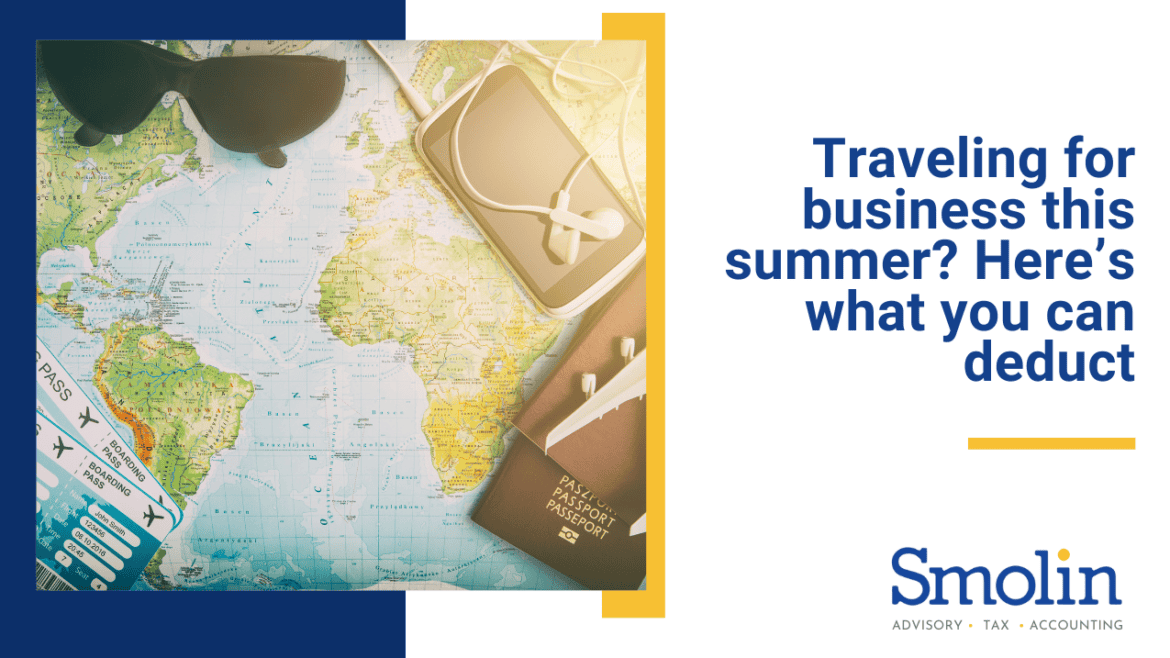Do traveling employees at your business find documenting expenses tedious? Are you equally frustrated at the energy and time needed to review business travel expenses? If so, relief is on its way. In Notice 2023-68, the IRS set forth special “per diem” rates, which became effective on October 1st.
These rates may be used to substantiate expenses for lodging, incidentals, and meals when traveling away from home. (Note: Employees in the transportation industry can use the transportation industry rate.)
How to use the “high-low” method
Rather than tracking actual business travel expenses, the high-low method provides a simplified alternative through fixed travel per diems. These amounts are provided by the IRS and vary by locality.
For certain areas with higher costs of living, the IRS establishes an annual flat rate. Any location within the continental United States that the IRS does not list as a “high-cost” area should automatically be considered “low-cost” under the high-low method.
Areas such as Boston and San Francisco, for example, may be considered high-cost, while less metropolitan areas could be considered low-cost. Some areas, like resort areas, could be considered high-cost only during certain times of the year.
For business travel, this method can be used in lieu of the specific per-diem rates for business destinations.
When employers provide lodging or pay for the hotel directly, employees may only receive a per diem reimbursement for meals and incidental expenses. For employees who don’t incur meal expenses for a calendar day (or partial day) of travel, there is also a $5 incidental-expenses-only rate.
Recordkeeping simplified
Employees working for companies that use per diem rates don’t need to meet the typical recordkeeping rules required by the IRS. Generally, receipts aren’t required under the high-low per diem method.
However, employees are still responsible for substantiating the business purpose, place, and time of travel. Per diem reimbursements aren’t typically subject to payroll tax withholding or income tax withholding reported on an employee’s Form W-2.
What to know about the FY2024 rates
For travel occurring after September 30, 2023, FY2024 rates apply. The high-cost area per diem increased by $12, and the low-cost area per diem increased by $10.
High-cost area per diem in 2024
The 2024 rate for all high-cost areas within the continental United States is $309. This can be broken down as follows.
Lodging: $235
Meals and incidental expenses: $74
Low-cost area per diem in 2024
For all other areas within the continental United States, the per diem rate is $214 for travel occurring after September 30, 2023. This may be broken down as follows:
Lodging: $150
Meals and incidental expenses: $64
Special considerations
The rules and restrictions that apply to reporting business travel expenses are nuanced.
As an example, companies using the high-low method for an employee must continue using the same method to reimburse expenses for travel within the continental United States throughout the calendar year. However, the company may reimburse the same employee for travel outside of the continental United States using any permissible method during that calendar year.
In the last three months of a calendar year, employers must continue to use the same method (high-low method or per diem) for an employee as they used during the first nine months of the calendar year.
Also worth noting: per diem rates don’t apply to individuals who own at least 10% of the business.
Questions? Smolin can help.
Now is the time to review travel rates and consider switching to the high-low method in 2024. Reduce the time and frustration associated with traditional travel reimbursement benefits managers and traveling employees alike.
For more information, contact your accountant.

